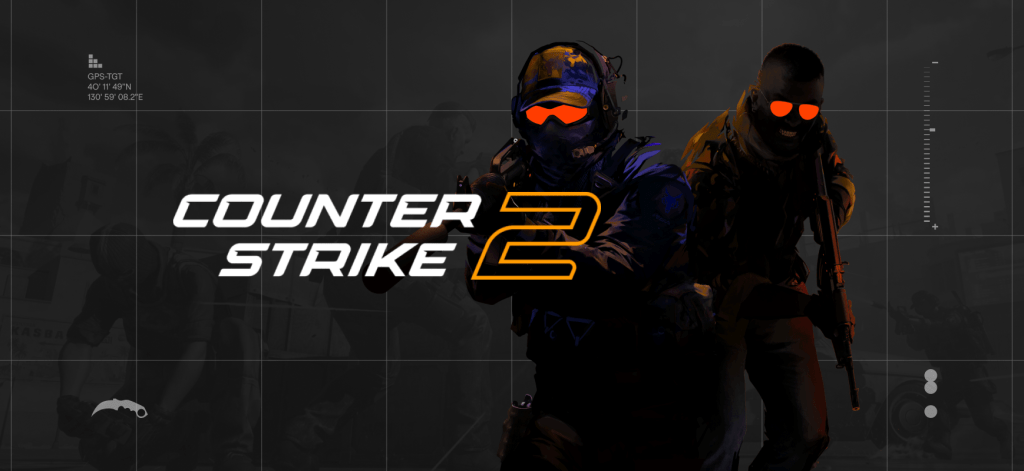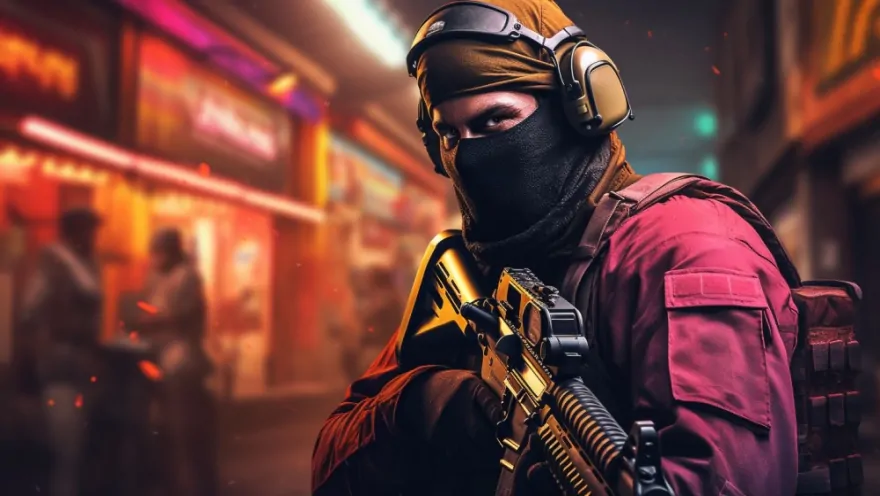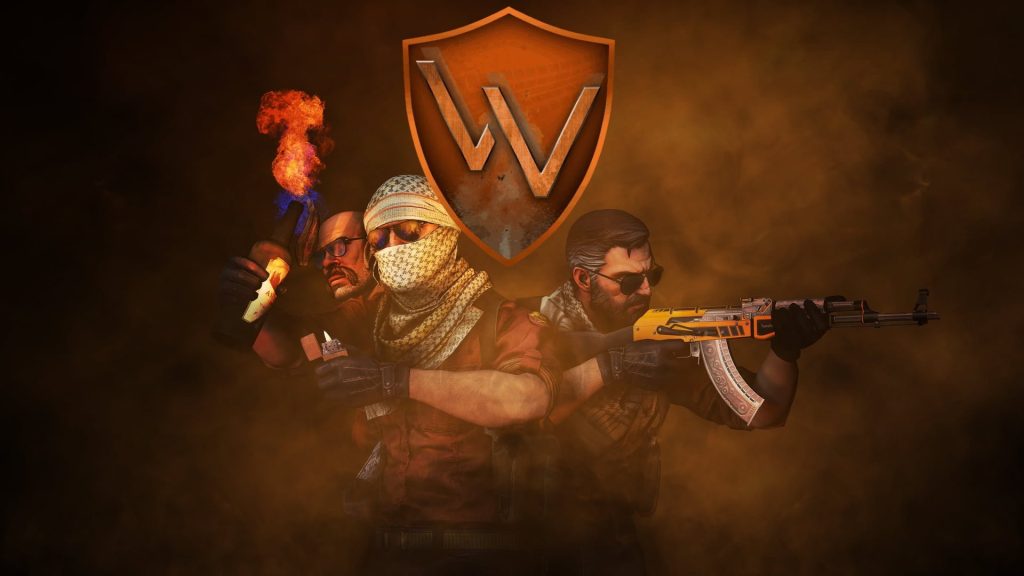
In the fast-paced world of competitive gaming, few titles have captured the attention of players and spectators alike quite like Counter-Strike 2 (CS2). With its intense multiplayer battles and strategic gameplay, CS2 has become a cornerstone of the esports landscape. Central to its appeal are the two opposing factions: the Terrorists and the Counter-Terrorists. In this article, we delve into a comparative analysis of their gameplay styles, exploring how each team approaches objectives, tactics, and overall strategy.
One of the most striking differences between the Terrorists and Counter-Terrorists lies in their objectives. The Terrorists typically aim to plant a bomb at designated sites on the map, while the Counter-Terrorists must prevent the bomb from being planted or defuse it if it has been. This fundamental distinction shapes the gameplay dynamics for each team, leading to contrasting strategies and approaches.
For the Terrorists, aggression and surprise often reign supreme. With the goal of planting the bomb, Terrorist teams frequently employ fast-paced rushes and coordinated pushes to overwhelm their opponents. This style of gameplay emphasizes speed, coordination, and map control, as Terrorists seek to secure advantageous positions to execute their objective. Additionally, Terrorists may utilize tactics such as fake bombsites and distraction plays to confuse and outmaneuver the Counter-Terrorists.
In contrast, the Counter-Terrorists prioritize defense and strategic positioning. Aware of the Terrorists’ objective, Counter-Terrorist teams must carefully manage their resources and anticipate enemy movements. Counter-Terrorists often employ tactics such as holding angles, setting up crossfires, and using utility to delay and deter Terrorist advances. Moreover, communication and teamwork are essential for Counter-Terrorists to effectively rotate and respond to threats across the map.
Beyond their differing objectives and tactics, the overall strategy of each team reflects their respective roles within the game. Terrorists typically focus on controlling the pace of the match, exerting pressure on Counter-Terrorist defenses, and exploiting vulnerabilities in their opponents’ positioning. Conversely, Counter-Terrorists aim to disrupt Terrorist plans, maintain map control, and ultimately defuse the bomb or eliminate the opposing team to secure victory.
It’s important to note that while each faction has its preferred style of play, successful teams often demonstrate versatility and adaptability. Flexibility in strategy and the ability to read and react to the evolving dynamics of a match are crucial for both Terrorists and Counter-Terrorists alike. Additionally, individual player skill, communication, and teamwork play significant roles in determining the outcome of each round and match.
In conclusion, the gameplay styles of Terrorists and Counter-Terrorists in CS2 offer intriguing contrasts that contribute to the depth and excitement of competitive play. Whether it’s the high-octane aggression of the Terrorists or the calculated defense of the Counter-Terrorists, each faction brings its own unique flavor to the battlefield. Ultimately, it’s the balance between these contrasting approaches that makes CS2 scores and matches so thrilling to watch and play.

